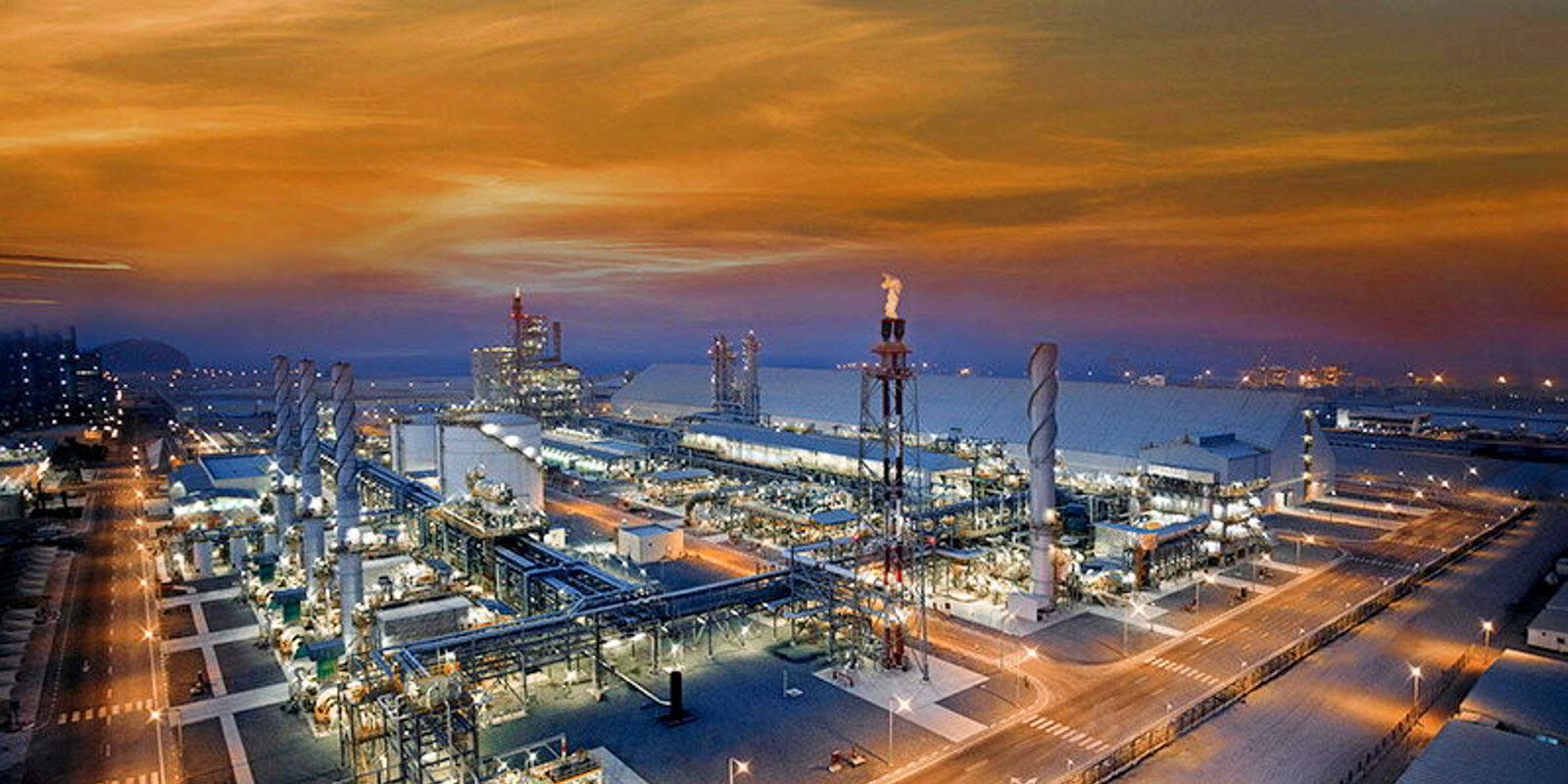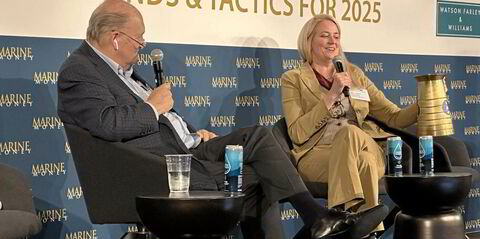Dirty tankers are increasingly switching to clean trades amid a shortage of vessels created by product tankers rerouting away from the Red Sea trouble spot.
A first VLCC chartered to take a diesel cargo west from the Middle East in nearly a year highlights the trend, which is complicated by the minimal number of big crude tanker newbuilding deliveries in 2024.
Overall, shipbroker BRS counts four VLCCs and between nine and 15 suezmaxes as having already made the switch, or about to do so.
These vessels usually carry clean cargoes on maiden voyages from shipyards, while tanks are still uncontaminated by crude.
BRS has noted a dearth of these newbuildings due to a low delivery schedule.
One fixture to illustrate the present situation is that of Sinokor Merchant Marine’s 300,000-dwt Plata Glory (built 2009).
It is the first VLCC to load a diesel cargo to head west from the Middle East in nearly a year, Kpler data showed.
Sources cited by Reuters indicated commodities group Trafigura chartered it to load the product cargo in the United Arab Emirates, taking advantage of lower freight rates for crude tankers.
The Plata Glory was reported to have loaded mainly gasoil at Adnoc’s Ruwais refinery and in a ship-to-ship transfer off Fujairah last week, Vortexa said.
AIS data showed the vessel left Ruwais in the UAE on 19 June, bound for Cape Town in South Africa. Europe may be its ultimate destination.
Sinokor Merchant Marine has been contacted for comment by TradeWinds. Trafigura and Adnoc had declined to comment when contacted by Reuters.
BRS argues only traders can go for this cleaning-up option only if they are both lifting and receiving cargo, as they assume the risk of the product quality.
This gives them “the luxury” of deploying vessels in a way that traditional shipowners cannot, the company said.
Shippers will pay $70 per tonne to move gasoil from the Middle East or India to Europe on an LR2 ship, against $15 on the bigger VLCC size, pricing data from broker SSY suggested.
Even with the tank clean-up cost and associated offhire, the gap is worth it, broker BRS said.
But the company believes it is too early to call this a trend for the summer, particularly as LR2 rates are easing.
The Plata Glory was reported to have options to discharge some gasoil in Tanzania and Togo en route, a trading source told Reuters.
The ship was one of a number previously reported by TradeWinds to be cleaning up to carry products for Trafigura.
BRS had previously reported a trader cleaning up a crude tanker for just one voyage at a cost of more than $1m and 12 to 15 days of offhire.
The broker speculated that the cargo play must have been worth more than this.
But it added: “We believe that on paper the economics appear fragile”, particularly as bigger ships are unlikely to earn much more than product carriers heading East to West.
On the other hand, Atlantic Basin discharges make it quite easy to secure a lucrative back-haul trip.
On the demand side, BRS said the West is not especially short of diesel and the arbitrage price window does not look to be open enough to support regular trades.
“We do not anticipate the play to increase in profitability over the summer,” the broker added.
Clarksons Securities believes there is scope for “peak earnings potential” for VLCCs as a result of extremely low newbuilding deliveries over the next 18 to 24 months.
“Looking ahead, we expect VLCC spot rates to rise significantly in the latter half of 2024, potentially reaching around $80,000 per day,” the analysts said.




